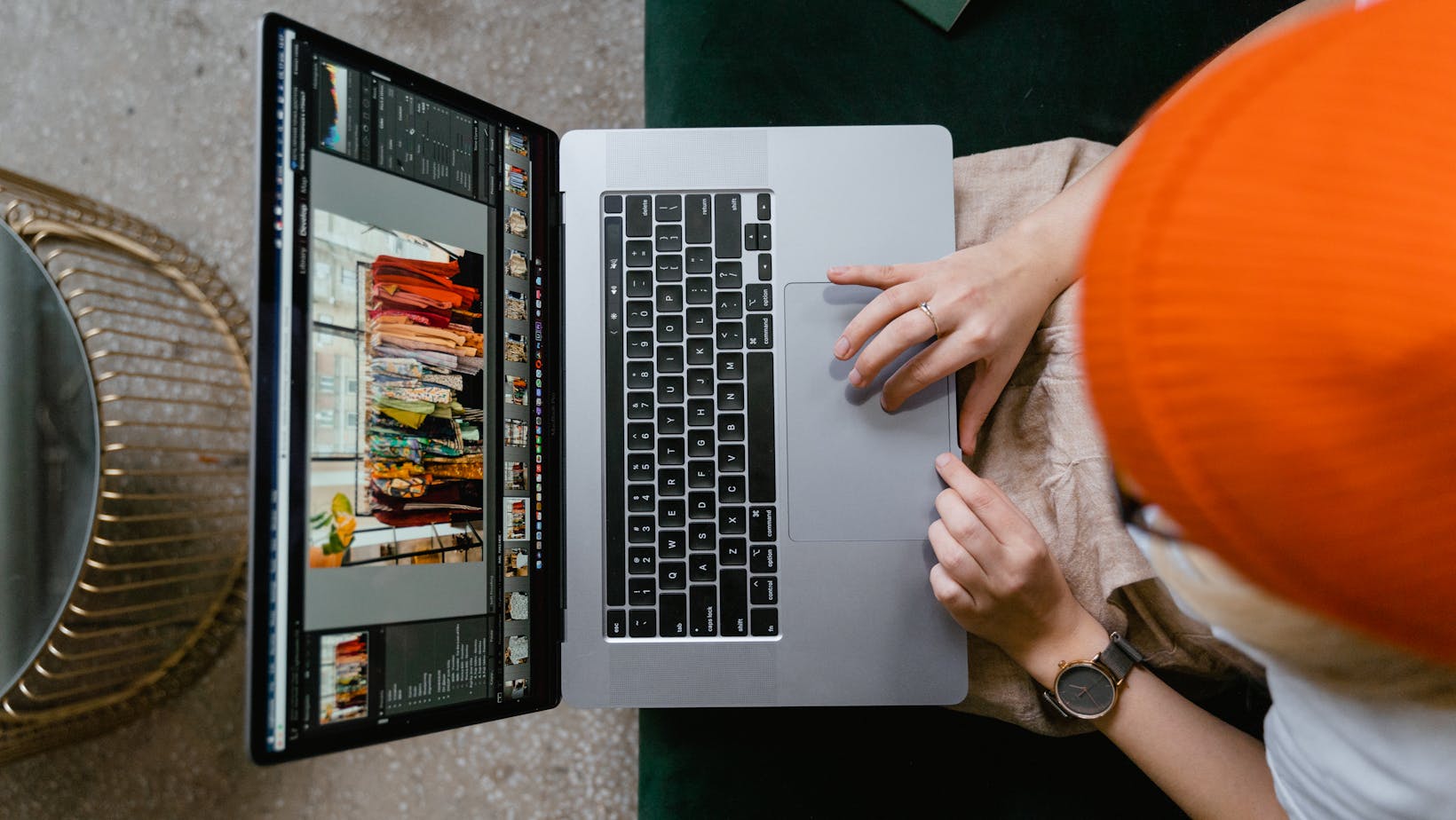
Selling your old laptop can be a great way to make some extra cash and declutter your space. Whether you are upgrading to a new model or simply no longer need your old device, finding a new home for it can be beneficial. However, the process of selling a laptop is not always straightforward, and there are several common mistakes that can impact the success of your sale.
From underestimating its value to neglecting to wipe personal data, these errors can lead to reduced profits and potential privacy risks. This article will outline some of the most common mistakes to avoid when selling your old laptop, ensuring you get the best value and protect your personal information.
Not Backing Up Your Data
Before you even think about selling your laptop, the first and most crucial step is to back up all your data. This step is often overlooked but is essential for ensuring that you don’t lose any important files. From personal photos and documents to business records and software, your laptop likely holds a significant amount of valuable data. Failing to back up this information can result in permanent loss, which can be both inconvenient and costly.
Start by transferring all your files to an external hard drive or cloud storage service. This includes not only documents and photos but also any software licenses, email archives, and browser bookmarks. It’s also a good idea to make a list of all the software and applications you use regularly so you can reinstall them on your new device.
After backing up your data, double-check to ensure that everything has been successfully transferred. It’s better to be safe than sorry, as recovering lost data can be a challenging and expensive process. Once you’re confident that your data is secure, you can proceed with taking the necessary steps to sell your laptop.
Neglecting to Erase Personal Data
Once you have backed up your data, the next critical step is to erase all personal information from your laptop. This is a vital step to protect your privacy and prevent any potential misuse of your data. Simply deleting files is not enough, as data recovery software can easily retrieve deleted information. To ensure your data is completely erased, you need to perform a factory reset and securely wipe the hard drive.
Begin by logging out of all accounts and deactivating any software licenses. This includes email accounts, cloud storage services, and any subscription-based software. After logging out, proceed with the factory reset. This process will vary depending on your laptop’s operating system. For Windows laptops, go to Settings > Update & Security > Recovery and select “Reset this PC.” For MacBooks, restart your laptop and hold down Command + R to enter Recovery Mode, then select “Reinstall macOS.”
After performing the factory reset, it’s essential to wipe the hard drive securely. There are various tools available for this purpose, such as DBAN (Darik’s Boot and Nuke) for Windows and Disk Utility for macOS. These tools will overwrite the data on your hard drive multiple times, making it virtually impossible to recover. If you’re not comfortable doing this yourself, consider seeking professional help to ensure the process is done correctly.
Setting an Unrealistic Price
One of the most common mistakes people make when selling their old laptop is setting an unrealistic price. Overpricing can deter potential buyers while underpricing can lead to a significant loss of value. To find the right price, it’s essential to do some research and understand the current market value of your laptop.
Start by checking online marketplaces such as eBay, Amazon, and Craigslist to see what similar models are selling for. Pay attention to factors like the laptop’s age, condition, specifications, and any additional accessories included in the sale. Compare these listings to get a sense of the average selling price for your specific model.

Consider the condition of your laptop as well. If it has any cosmetic damage, such as scratches or dents, or if the battery life has significantly degraded, you may need to adjust the price accordingly. Be honest about the laptop’s condition in your listing to avoid any disputes with potential buyers.
Failing to Provide Detailed Information
When listing your laptop for sale, providing detailed and accurate information is crucial. Potential buyers want to know exactly what they are getting, and any missing or incorrect information can lead to confusion, mistrust, and, ultimately, a failed sale. Make sure to include all relevant details about your laptop, including its make, model, specifications, and condition.
Start with the basics: include the brand, model number, processor type, RAM size, storage capacity, screen size, and operating system. These are the key specifications that buyers will be looking for. Additionally, mention any upgrades or modifications you’ve made, such as adding more RAM or replacing the hard drive with an SSD. Highlighting these improvements can make your laptop more appealing and justify a higher asking price.
Ignoring Potential Scams
When selling your laptop online, it’s important to be aware of potential scams and take steps to protect yourself. Scammers often target sellers with various tactics, such as offering to pay more than the asking price or requesting to use unconventional payment methods. Being vigilant and cautious can help you avoid falling victim to these schemes.
One common scam involves buyers offering to pay more than the asking price and asking you to ship the laptop to an overseas address. They may provide a fake payment confirmation or ask to pay through a non-secure method. To avoid this, always use reputable and secure payment methods, such as PayPal or bank transfers. Never ship the laptop until you have received and confirmed the payment.
Conclusion
Selling your old laptop can be a rewarding process, but it requires careful planning and attention to detail. Following the steps mentioned above will help you get the best value for your laptop while protecting your personal information and maintaining a positive selling experience.

Whether you’re upgrading to a new device or simply clearing out space, these tips will guide you through the process of selling your old laptop successfully.














